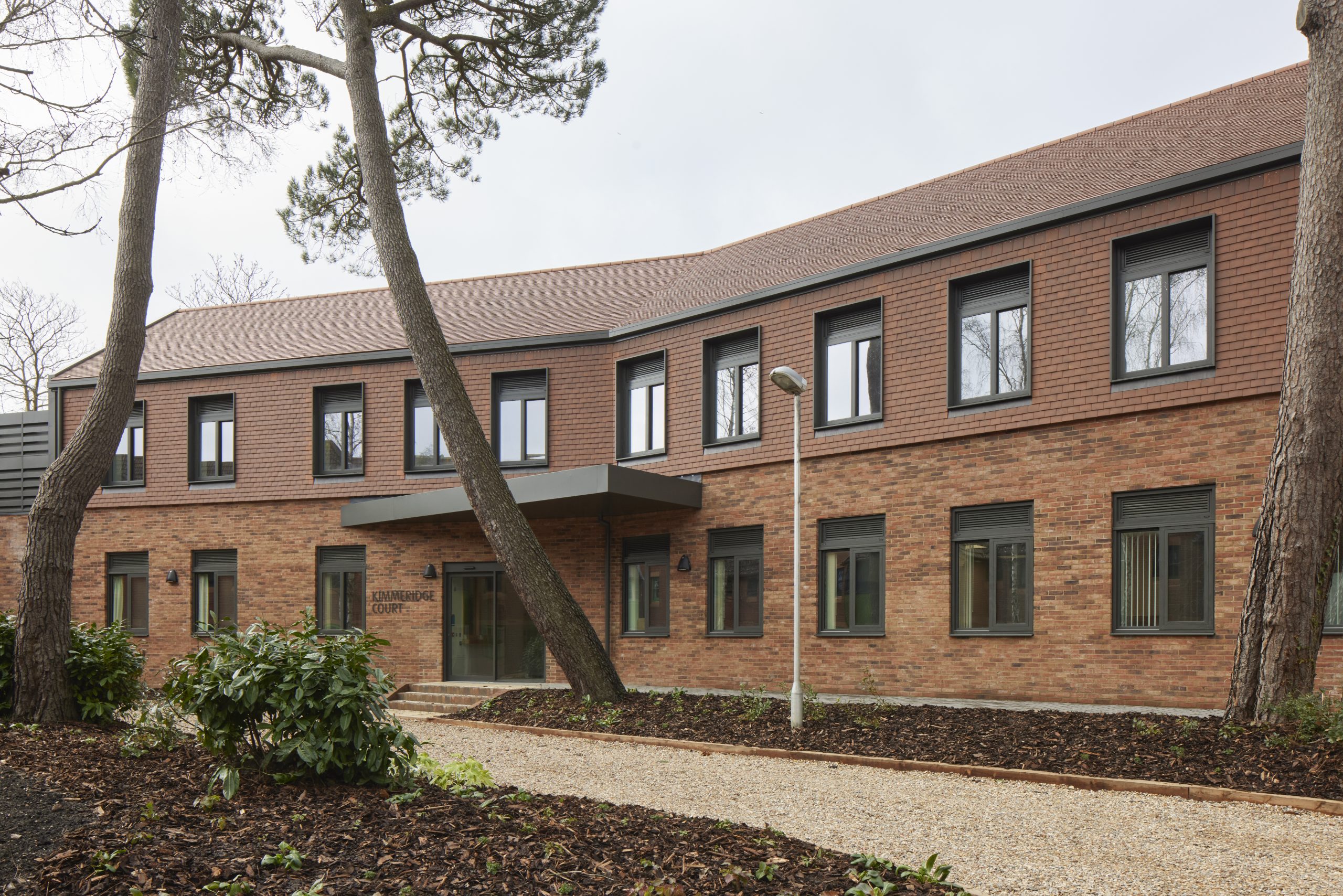David Bailey Furniture has been awarded two significant FF&E (Furniture, Fixtures & Equipment) contracts in…

The UK Building Safety Act – reshaping the landscape for materials and specifications
The Grenfell Tower tragedy shook the UK, highlighting critical safety flaws within the construction industry. In response, the Building Safety Act 2022 has arrived, transforming how buildings are designed, built, and maintained. With a focus on “protecting specifications,” this reform presents both opportunities and challenges for building material manufacturers and specifiers, writes Tony Huggins, managing director of David Bailey Furniture Systems.
The Act introduces a multifaceted approach, including a new regulatory framework. A Building Safety Regulator (BSR) oversees all building work, with stricter measures for high-risk structures. It means that clear accountability for manufacturers, developers, and building owners throughout the building lifecycle, is now more paramount than ever before.
Rigorous procedures, particularly for high-risk buildings, to ensure compliance at each stage, has to be supported by a “golden thread” of information which captures crucial building data at every stage of the project. Stricter requirements for construction professionals and manufacturers, are also required to help raise industry standards.
For us at David Bailey Furniture and our Toprail Division, the emphasis on protecting specifications holds significant meaning. It helps to ensure that specified materials such as FSC-certified wood and other rigorously tested accessories which are consistently used by reputable companies like ours, are used on the project, preventing substitutions with inferior or non-compliant alternatives offered by low-cost suppliers.
This involves standardised testing, which encourages demonstrably safe and compliant materials with robust measures in place to track materials throughout the supply chain, preventing unauthorised products being substituted. There also has to be clear communication of key product information between manufacturers, specifiers, and building owners.
This is why we as a company continue to strengthen our safety credentials through continued investment in advanced materials and technologies offering superior fire resistance and durability, particularly where our fitted furniture has been specified for high-risk areas.
As part of the Act, standardised product data and certification schemes empower specifiers to make informed decisions based on demonstrably safe materials. Protecting specifications minimises the risk of non-compliance, reducing potential legal and safety liabilities. This in turn gives the specifier confidence in material performance knowing it will do everything it says on the tin.
Robust traceability systems further mitigate potential liability concerns for architects by demonstrating the use of intended materials. In short, the Act provides legal protection for specifiers who fulfil their duty to specify compliant materials.
The increased onus on manufacturers like us for product safety and information sharing can also benefit specifiers. Building trust and open communication further facilitates access to expert support and technical assistance throughout the process.
We, at David Bailey Furniture, offer a full design package to assist architects at every project stage. We encourage collaboration to proactively identify and resolve potential material-related issues early on, avoiding delays or rework. This is explained more thoroughly via NBS Source, https://source.thenbs.com/manufacturer/david-bailey-furniture-systems-ltd/f5pjG9MmRCQZ6poyFE5LN2/overview where architects can download full specification details on all of our fitted furniture systems.
While the Act is a positive step, its full impact remains to be seen. Factors like the BSR’s approach to enforcement and guidance will be crucial. Open communication and data sharing between all stakeholders will also be essential for building trust and transparency. Ultimately, the Act presents an opportunity for the industry to embrace higher standards and innovate towards safer, more sustainable buildings. By proactively adapting and collaborating, manufacturers and specifiers can navigate the evolving landscape and emerge as leaders in this new era of building safety








